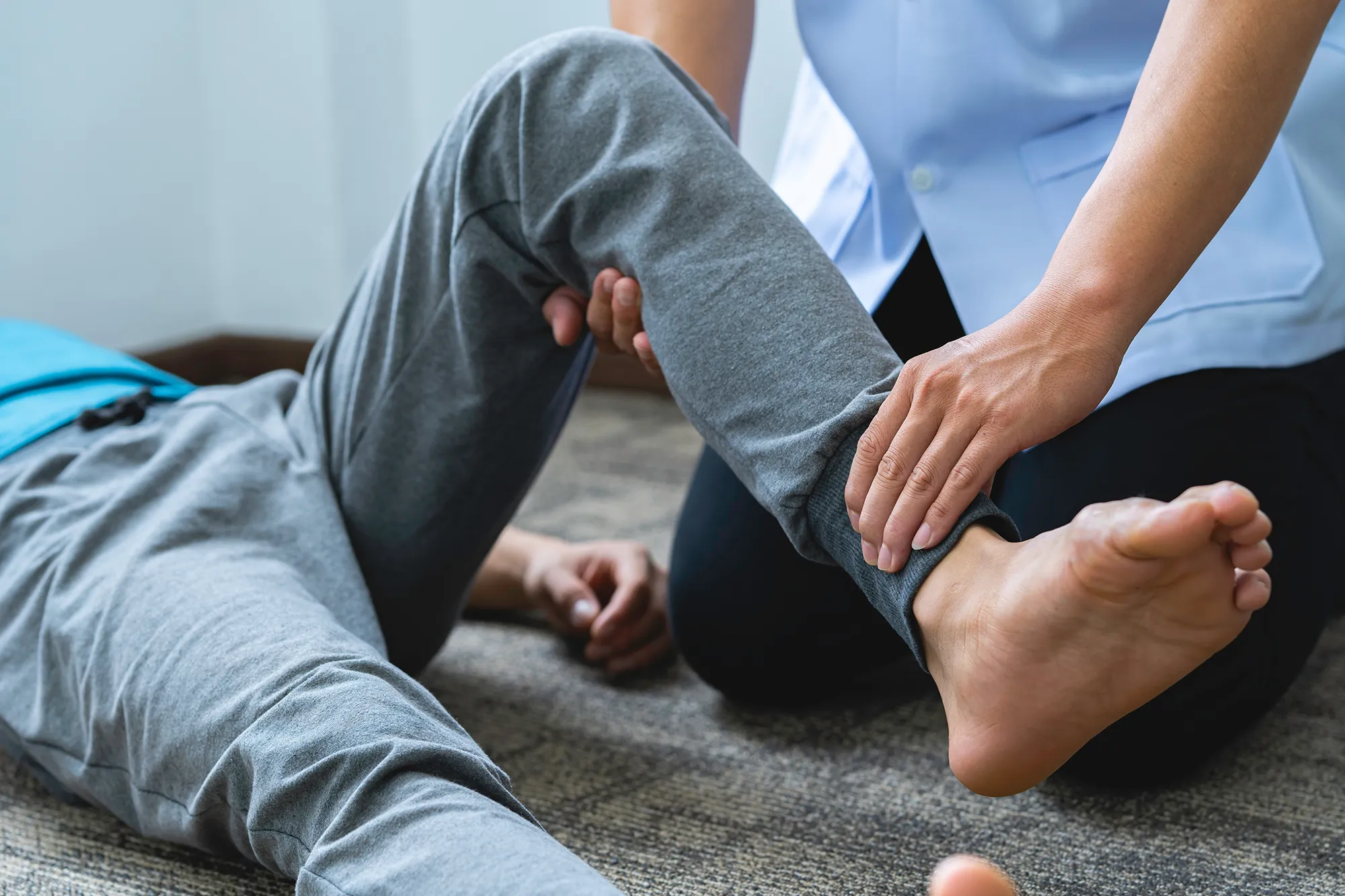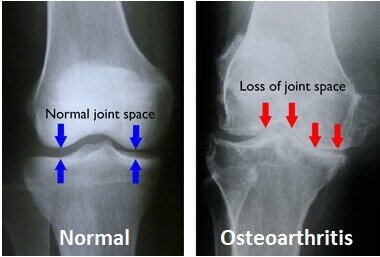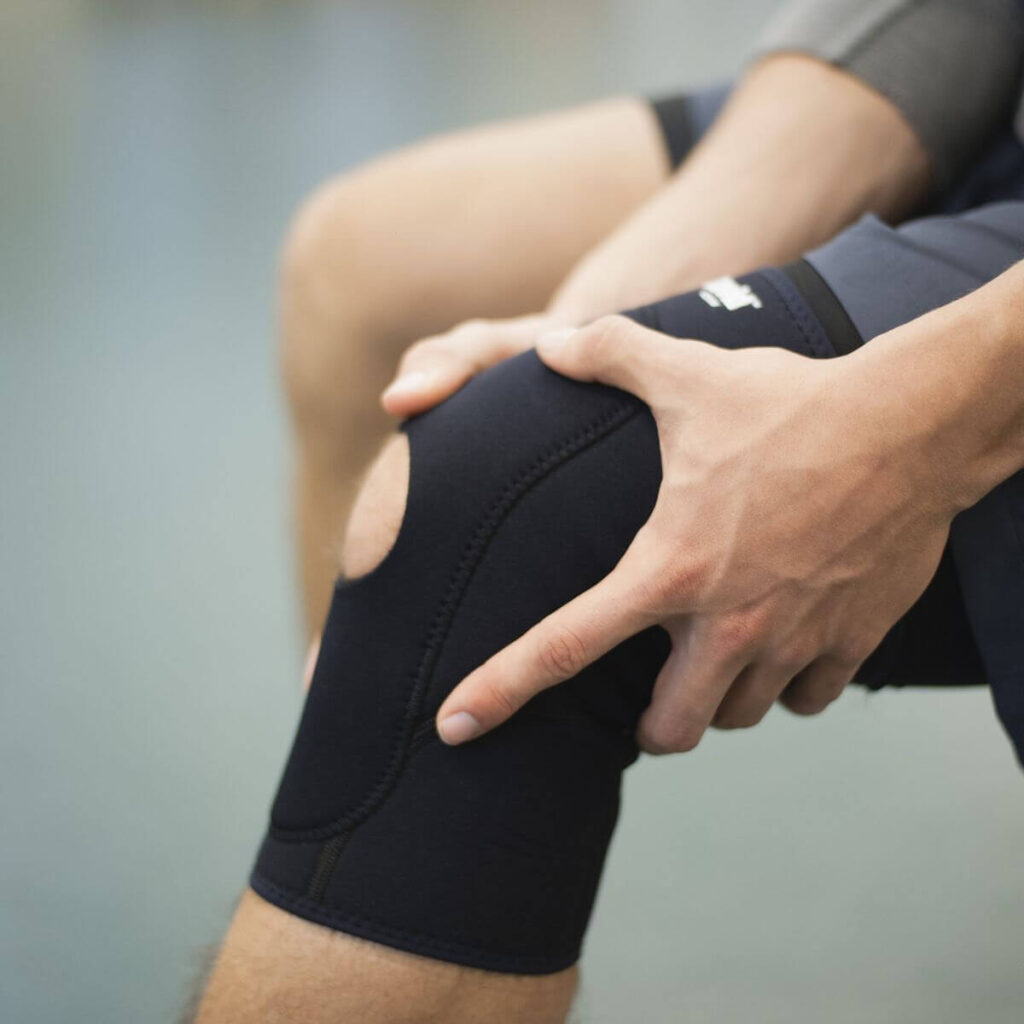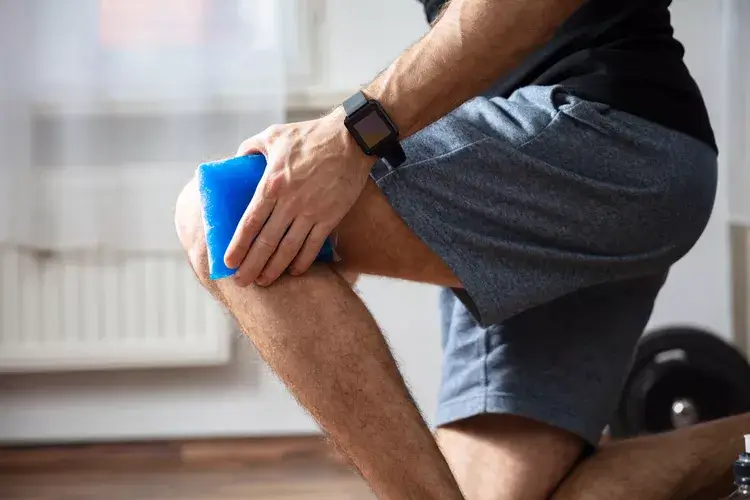Our knees are remarkable joints, bearing the weight of our bodies and facilitating our daily movements with remarkable efficiency. However, they are also highly susceptible to injury and inflammation, leading to one of the most common discomforts we encounter: knee swelling. Whether it’s the result of an acute injury, a chronic condition, or even the wear and tear of everyday life, knee swelling can be a significant hindrance to our mobility and overall quality of life.

Reducing knee swelling is not only crucial for pain relief but also for regaining functionality and preventing long-term complications. In this comprehensive guide, we delve into the world of knee swelling – exploring its causes, the importance of managing it effectively, and, most importantly, the best strategies to reduce and prevent it. Whether you’re an athlete recovering from a sports-related injury, an individual with a chronic knee condition, or someone simply seeking to maintain healthy, pain-free knees, this article will equip you with the knowledge and techniques needed to make informed choices and take control of your knee health.
From understanding the intricate mechanics of knee swelling to adopting evidence-based approaches, we will provide you with a wealth of information and practical tips, backed by the latest research and medical expertise. By the end of this article, you will be empowered with the knowledge to effectively reduce knee swelling and embark on a journey toward stronger, healthier, and more pain-free knees. So, let’s embark on this informative and transformative journey together, exploring the best ways to reduce swelling in your knee and restore the freedom of movement you deserve.
The Anatomy of Knee Swelling
Before we delve into the methods for reducing knee swelling, it’s essential to grasp the underlying anatomy and mechanisms involved in this common issue. Knee swelling, often referred to as “edema” in medical terms, is primarily caused by an excessive accumulation of fluid within the knee joint or surrounding tissues. Understanding the factors that contribute to this accumulation can help us develop more effective strategies for reducing and preventing it.
- Injury and Inflammation: Acute injuries, such as ligament sprains, meniscus tears, or contusions, can lead to an immediate inflammatory response in the knee joint. This inflammation triggers an influx of fluid and white blood cells to the injured area, causing swelling. Chronic conditions, like osteoarthritis or rheumatoid arthritis, can also lead to persistent inflammation and swelling in the knee joint over time.
- Joint Overuse and Strain: Repetitive stress on the knee joint, common in sports and physically demanding occupations, can lead to a condition known as overuse syndrome. Over time, this can cause micro-injuries and inflammation, resulting in swelling.
- Fluid Imbalance: Systemic factors, such as kidney or heart problems, can lead to fluid retention in the body, which may manifest as knee swelling.
- Infection and Disease: Infections and certain medical conditions can cause knee swelling. In some cases, it can be a symptom of a more severe underlying issue that requires medical attention.
Now that we’ve explored the fundamental causes of knee swelling, let’s move on to the strategies that can help you alleviate this discomfort and restore your knee’s health.
The Best Ways to Reduce Knee Swelling
- R.I.C.E. Method: Rest, Ice, Compression, and Elevation are the cornerstones of initial treatment for acute knee swelling due to injuries. Resting the affected knee allows it to heal, while applying ice and compression can reduce inflammation and swelling. Elevating the leg helps prevent excessive fluid buildup.
- Pain Management: Over-the-counter pain relievers like ibuprofen or acetaminophen can help manage pain and inflammation. Always consult with a healthcare professional before using any medication, especially for chronic issues.
- physical therapy: For both acute injuries and chronic conditions, physical therapy can be a valuable resource. It focuses on strengthening the knee, improving flexibility, and promoting proper movement patterns, which can help reduce swelling and enhance long-term knee health.
- Bracing and Support: Depending on the nature of your knee issue, using a brace or supportive device may help stabilize the joint and reduce swelling. Your healthcare provider can recommend the most suitable option.
- Diet and Hydration: Maintaining a balanced diet and staying adequately hydrated can help your body regulate fluid levels and minimize swelling. Reducing your sodium intake can also be beneficial, as excess sodium can lead to water retention.
- Medical Intervention: In severe cases or when the swelling is associated with an underlying medical condition, medical intervention may be necessary. Procedures like joint aspiration (draining excess fluid) or surgical intervention might be recommended.
- Lifestyle Modifications: Avoid activities that exacerbate knee swelling, and consider low-impact exercises, such as swimming or cycling, to keep your knee joint mobile and strong.
Remember, the best approach to reducing knee swelling depends on the specific cause and individual circumstances. Consult with a healthcare professional for a personalized treatment plan that addresses your unique needs.
Conclusion
Knee swelling is a common and often debilitating issue that can affect anyone. Understanding the underlying causes, as well as the best strategies for reduction and prevention, is key to regaining comfort and mobility. By incorporating the information provided in this comprehensive guide, you can take charge of your knee health, whether you’re recovering from an injury, managing a chronic condition, or simply aiming to maintain strong, pain-free knees.
Take the first step toward healthier knees, and embark on a journey to reduced swelling and improved knee function. Your knees have carried you through life’s journey; now, it’s time to return the favor by providing them with the care and attention they deserve.
Preventing Future Knee Swelling
Reducing knee swelling is essential, but it’s equally important to adopt preventive measures to minimize the risk of it happening again in the future. Here are some steps you can take to maintain knee health and prevent swelling:
- Regular Exercise: Engage in a well-rounded exercise routine that includes strength training and flexibility exercises. A strong and balanced musculature around your knee joint can provide essential support and reduce the risk of injury.
- Proper Warm-Up and Cool-Down: Prior to any physical activity, ensure you warm up your muscles and joints. Likewise, after exercise, cool down with gentle stretches to help your muscles relax and prevent strain.
- Maintain a Healthy Weight: Excess body weight places added stress on your knees, potentially leading to inflammation and swelling. Maintaining a healthy weight can significantly reduce the risk of knee issues.
- Protective Gear: If you engage in sports or activities with a high risk of knee injury, consider using appropriate protective gear, such as knee braces or pads.
- Footwear: Choose supportive and well-fitting shoes, especially if you’re active. Proper footwear can provide stability and cushioning for your knees.
- Listen to Your Body: Don’t ignore pain or discomfort in your knees. If you experience any issues, seek prompt medical attention to prevent them from worsening.
- Stay Hydrated: Adequate hydration is crucial for joint health. Proper fluid balance in your body helps prevent excessive swelling.
- Balanced Diet: Consume foods rich in anti-inflammatory nutrients, such as omega-3 fatty acids, and a variety of fruits and vegetables to support your overall health.
- Regular Check-Ups: Periodic check-ups with a healthcare provider can help identify and address potential knee issues before they become more severe.
- Rest and Recovery: Give your body and knees the rest they need, especially after strenuous activities or injuries. Adequate recovery time allows your body to repair and regenerate.
By implementing these preventative strategies, you can significantly reduce the risk of future knee swelling and maintain long-term knee health.
In Conclusion
Knee swelling is a common and often painful issue, but it doesn’t have to control your life. With the right knowledge and a proactive approach, you can effectively reduce swelling, alleviate pain, and prevent it from recurring. Whether you’re an athlete looking to get back in the game, someone with a chronic knee condition, or an individual striving for a pain-free and active lifestyle, these strategies can guide you toward healthier knees.
Remember that individual cases may vary, and it’s essential to consult with a healthcare professional for a tailored plan to address your specific needs. With dedication and the right guidance, you can regain the freedom of movement and enjoy a life with knees that support your every step. Your journey to healthier, swelling-free knees starts today.




